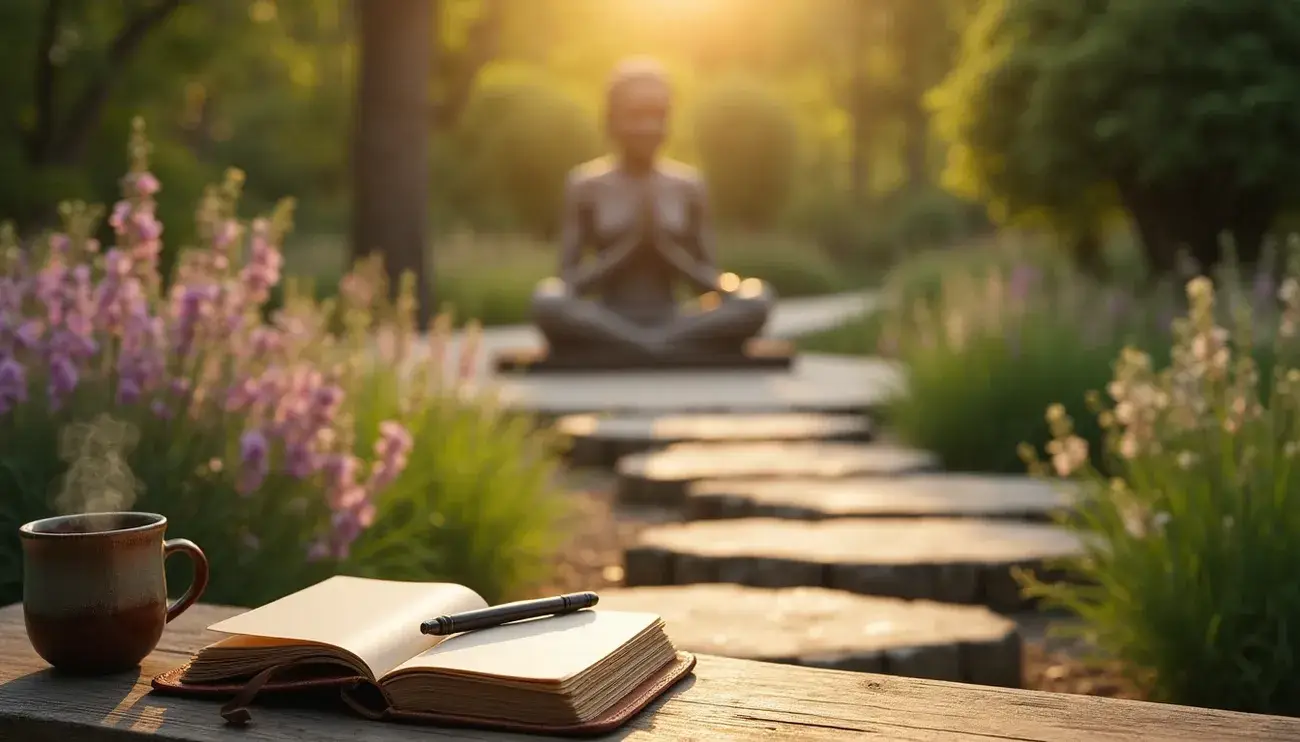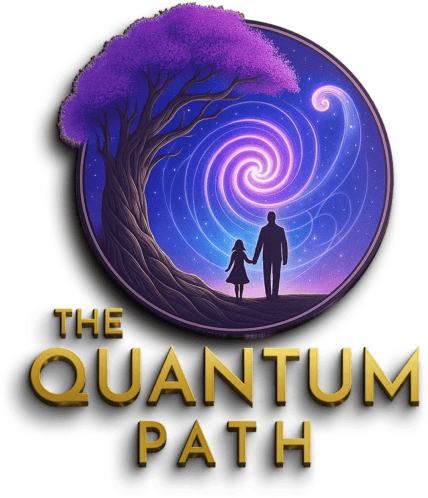Happiness 10 Years on
The Path to Happiness: What I Learned After 10 Years of Searching
 Happiness is 50% genetic, which left me wondering about the other half—the part we can actually control through our choices and habits. Ten years ago, I embarked on what seemed like a straightforward quest to find lasting happiness. However, this journey took me through unexpected territories of both joy and suffering before revealing what truly matters.
Happiness is 50% genetic, which left me wondering about the other half—the part we can actually control through our choices and habits. Ten years ago, I embarked on what seemed like a straightforward quest to find lasting happiness. However, this journey took me through unexpected territories of both joy and suffering before revealing what truly matters.
Surprisingly, my search began with all the wrong questions. I was looking for happiness in achievements and external validation, unaware that people without a strong sense of purpose were more than twice as likely to die early compared to those who had clarity about their life’s direction. This statistic eventually transformed my approach to the path to happiness.
During my decade-long exploration, I discovered powerful practices backed by science. For instance, spending just five minutes daily writing in a gratitude journal can increase long-term happiness by 10%. Additionally, studies have shown that forgiveness significantly lowers blood pressure, reduces stress, and improves overall physical health. These weren’t just theoretical concepts but became life-changing tools I incorporated into my daily routine.
Perhaps the most profound revelation came through mindfulness. A 2023 review of over 200 studies confirmed that mindfulness-based therapy effectively reduces stress, anxiety, and depression—something I experienced firsthand when I hit my lowest point. After just seven weeks of focused attention meditation, I noticed significant changes in how I responded to life’s challenges, reflecting research showing that this practice leads to positive alterations in brain structure.
In this article, I’ll share what I’ve learned about happiness after a decade of searching—not as someone who has it all figured out, but as a fellow traveler who has gathered some useful insights along the way.
The 3 Biggest Lessons from a Decade of Searching
Throughout my journey on the path to happiness, I discovered several practical tools that genuinely made a difference. Unlike theoretical concepts, these became my daily companions in navigating life’s complexities.
Mindfulness meditation emerged as my cornerstone practice. Research shows that mindfulness significantly increases presence of meaning in life through greater self-awareness and trust in oneself. After establishing a consistent practice, I noticed remarkable improvements in my emotional regulation. Although experts debate ideal session length, I found that consistency matters more than duration. Just like exercise, regular short sessions proved more beneficial than occasional lengthy ones.
Journaling became my second powerful ally. Writing about stressful events reduced my sick days dramatically, while helping me process emotions in a safe environment. My preferred approach combines several techniques:
-
Expressive writing about challenging experiences (20 minutes for four consecutive days)
-
Daily gratitude journaling listing three specific things I appreciate
-
Self-reflection through “daily check-ins” examining what worked, what didn’t, and what brought joy
Building meaningful relationships transformed my happiness landscape fundamentally. Studies show people report being happiest when with friends, followed by family members, and least happy when alone. Moreover, a global Columbia University study found mental health issues like depression and anxiety directly link to relationship deterioration. Consequently, I began investing about 60 hours in each new friendship—the time research suggests it takes to cement a connection.
Challenging limiting beliefs unlocked possibilities I’d previously closed off. I learned to question thoughts like “I’m not good enough” by asking, “Is this really true?” and finding counterexamples. Through this practice, I recognized many “facts” I believed about myself were merely opinions I’d adopted unconsciously.
These tools, alongside regular gratitude practices, transformed my approach to finding happiness—shifting from seeking external validation toward cultivating internal resources that sustain genuine well-being.
What I Now Believe About the Path to Happiness
My decade-long search has led to an unexpected realization: the more aggressively I pursued happiness, the more it eluded me. This paradox of happiness is well-documented—like sand through your fingers at the beach, fervent pursuit typically results in less accomplishment of that joyful feeling.
Furthermore, I’ve discovered that happiness isn’t a mountain to climb with a flag to plant at the peak. It’s not a steady state or final destination but naturally ebbs and flows. Western cultures mistakenly believe happiness should remain constant, creating unrealistic expectations. Indeed, even feeling bad about feeling bad can make us feel worse, creating a negative spiral.
Connection, not achievement, forms the bedrock of lasting happiness. Research shows that social fitness—the ability to build and maintain strong relationships—is more important to a long and happy life than genes, social class, or IQ. Personal connection creates mental and emotional stimulation, which are automatic mood boosters.
Above all, happiness is a skill—not a gift or stroke of luck. Science shows that well-being is fundamentally no different than learning to play the cello. If one practices the skills of well-being, one will improve at it. Accordingly, we can all take responsibility for our own minds.
Through trial and error, I’ve found that happiness requires:
-
Purpose over pleasure: Studies show meaning is a stronger predictor of life satisfaction than pleasure
-
Acceptance not fixing: Recognizing what we cannot change frees us to focus on what we can
-
Service to others: Selfless service activates neurochemicals like dopamine, serotonin, and oxytocin, creating lasting happiness
Essentially, happiness isn’t something to acquire at some future point. As I shifted from external achievements toward meaning, connection, and acceptance, I discovered that many needs can be fulfilled by simply pausing to notice, appreciate, and enjoy the good already present in my life. Most notably, this journey has taught me that in pursuing genuine happiness, we’re not only working toward our own well-being but also contributing to the happiness of the world around us.
Conclusion
Looking back at my decade-long journey toward happiness, one truth stands clear: happiness isn’t found where most of us initially search. Despite starting with misguided questions about achievements and validation, my path eventually revealed something far more valuable.
First and foremost, genuine connections with others create the foundation for lasting well-being. These relationships protect us during difficult times and enhance our joy during good ones. Secondly, celebrating small wins rather than demanding perfection allowed me to experience satisfaction along the way. Lastly, learning to embrace the present moment instead of postponing happiness until some future achievement transformed my daily experience.
The practical tools that supported this transformation—mindfulness, journaling, relationship-building, and challenging limiting beliefs—have become essential parts of my daily routine. Each practice strengthened my ability to navigate life’s inevitable ups and downs with greater resilience and awareness.
Perhaps surprisingly, my greatest discovery came when I stopped chasing happiness so aggressively. Happiness, as it turns out, resembles a butterfly that lands gently on your shoulder once you focus elsewhere. My focus shifted from pursuing happiness directly to cultivating purpose, acceptance, and service to others.
Ten years ago, I wondered about the 50% of happiness within our control. Now I understand that this portion doesn’t come from obtaining external markers of success but from developing internal skills and meaningful connections. Though my journey continues, I walk forward with gratitude for both the joy and suffering that brought these lessons to light. After all, the path to happiness isn’t about reaching a final destination—it’s about learning to find meaning, connection, and moments of joy along the way.
